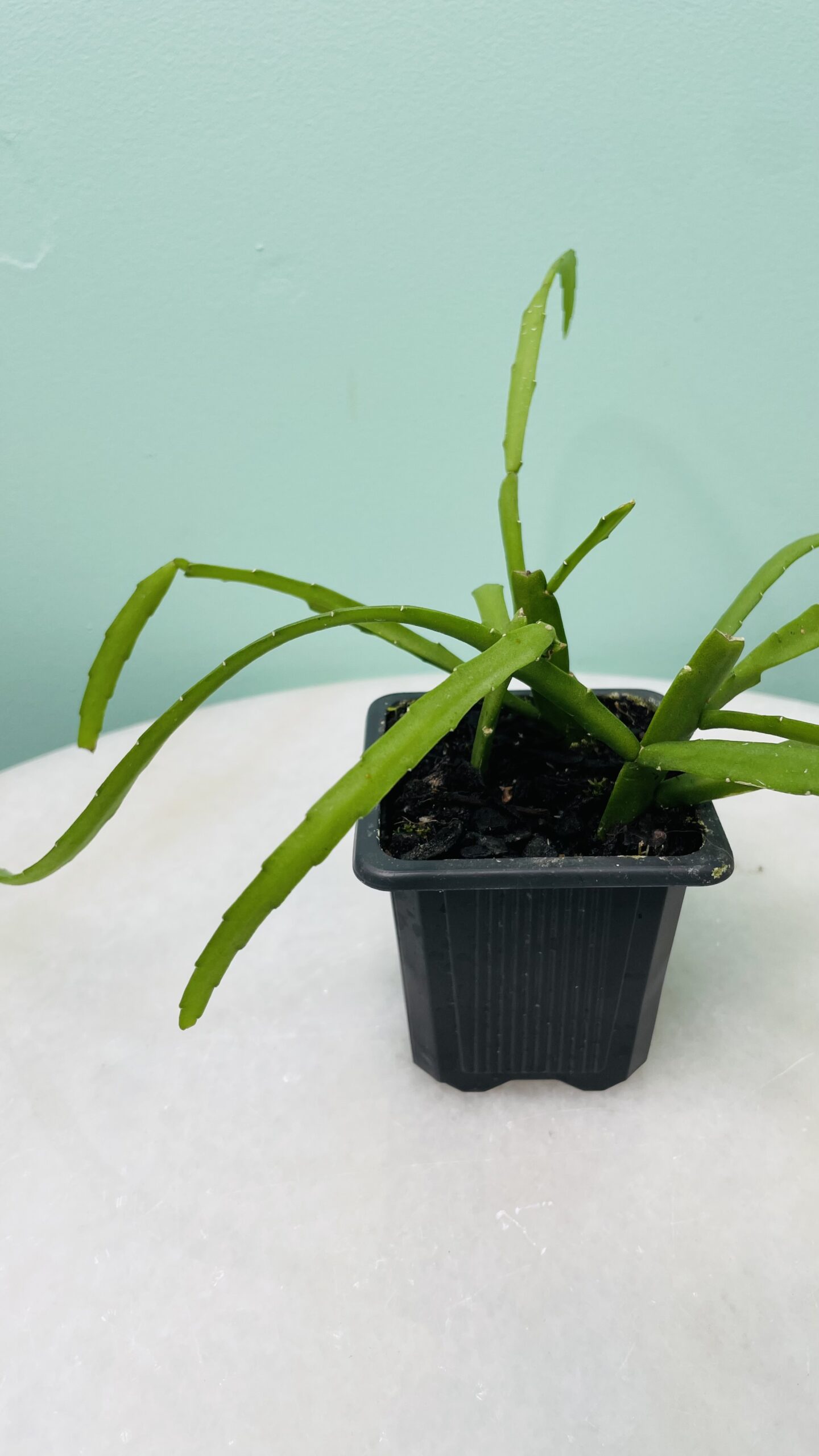Shipping cacti can be an intricate process, requiring meticulous attention to detail to ensure the plants arrive at their destination unharmed. Cacti, with their unique adaptations to arid environments, can be especially sensitive to temperature fluctuations, humidity changes, and mechanical stress. Therefore, understanding the best practices for packaging and shipping these resilient yet delicate organisms is crucial for both sellers and buyers alike.
Before delving into the practices, it is essential to understand the buyer’s concern regarding plant health upon arrival. Many potential customers worry about receiving damaged or stressed plants. Addressing this anxiety through effective shipping methods can enhance customer satisfaction and trust in the seller, promoting repeat business and positive reviews.
In this article, we will explore the critical considerations for shipping cacti, including the importance of packaging materials, shipping methods, and environmental control during transit. Adopting these practices will help ensure your cacti remain healthy and thriving upon arrival.
Understanding the Importance of Packaging
Packaging is the first line of defense against damage during the shipment process. Utilizing appropriate packaging materials not only protects the cactus but also ensures that it remains in optimal condition. The choice of packaging can mean the difference between a healthy arrival and a withered plant.
For the protection of cacti during transit, consider utilizing:
- Sturdy Boxes: Choose a box that fits the cactus snugly without applying pressure on its spines or stems. Corrugated cardboard is an excellent option due to its durability and cushioning properties.
- Insulation: If shipping in extreme temperatures, incorporate insulation materials like bubble wrap or packing peanuts. These materials help maintain a stable environment, safeguarding your cacti from temperature fluctuations.
- Ventilation: Cacti require adequate airflow to prevent moisture accumulation, which can lead to fungal growth. Consider using boxes with vents or making small holes to enhance circulation while ensuring the plant is secure.
Preparing the Cactus for Shipment
Prior to packing, it is vital to properly prepare the cactus. Steps must be taken to minimize any stress during transit. One effective method is to allow the plant to dry out a few days before shipping. This reduces the risk of overwatering, which can occur if the plant is in a moist state during transport.
Here are additional tips for preparing a cactus for shipment:
- Secure the Plant: For taller or more delicate varieties, tie the cactus gently to prevent it from shifting. A soft twine or rubber bands can be utilized for this purpose, ensuring they are not too tight to cause damage.
- Covering Spines: Consider using newspaper or soft material to wrap around the spines, especially for varieties that are particularly spiky. This will help protect both the plant and those handling the package.
- Remove Soil if Necessary: Depending on the destination and length of transport, you may choose to remove some of the soil. This is particularly pertinent for international shipping, as soil may not be permitted in certain regions.
Choosing the Right Shipping Method
The shipping method selected can also impact the cactus’s condition upon arrival. Different carriers offer varying transit times and delivery methods, which can influence plant health.
Considerations include:
- Express Shipping: Using expedited shipping services reduces the time the cactus spends in transit, minimizing the potential for stress and damage. Though more costly, express options may be worth the investment for valuable or rare species.
- Tracking Options: Opt for a carrier that provides tracking information, allowing both the sender and recipient to monitor the shipment’s progress. This reduces anxiety for buyers and ensures someone is available to receive the package upon arrival.
- Shipping During Favorable Weather: Choose to ship during temperate seasons or days with stable weather conditions. Avoid sending plants during extreme heat or cold, as these factors can dramatically affect their health.
Environmental Control and Handling Post-Delivery
Upon arrival, the handling of the cactus also plays a crucial role in its acclimation to new surroundings. Buyers should be encouraged to take the following actions immediately upon receipt:
- Inspect Upon Arrival: Check for any signs of damage or stress in the plant. Look for bent or broken spines and check the moisture level of the soil. Quick visual inspections can help determine if immediate care is necessary.
- Acclimate Gradually: New environments can be shocking for plants. Place the cactus in a shaded area initially, allowing it to acclimatize to the new lighting and humidity before exposing it to direct sunlight.
- Water Carefully: Depending on how long the cactus has been in transit and its state upon arrival, it may not need immediate watering. Allow the soil to dry completely before reintroducing water to prevent root rot.
In conclusion, shipping cacti involves multifaceted considerations that ensure the plants arrive healthy and thriving. Implementing appropriate packaging materials, selecting the right shipping method, and educating buyers on post-delivery care can alleviate concerns about plant health. By adhering to these strategies, sellers can foster trust and cultivate enduring customer relationships while enjoying the flourishing market of cactus enthusiasts.





Leave a Comment